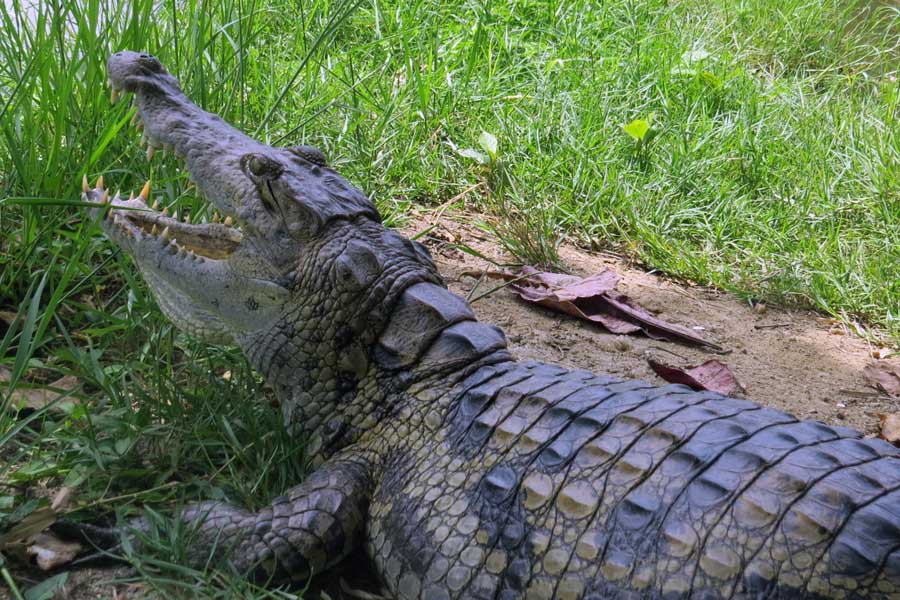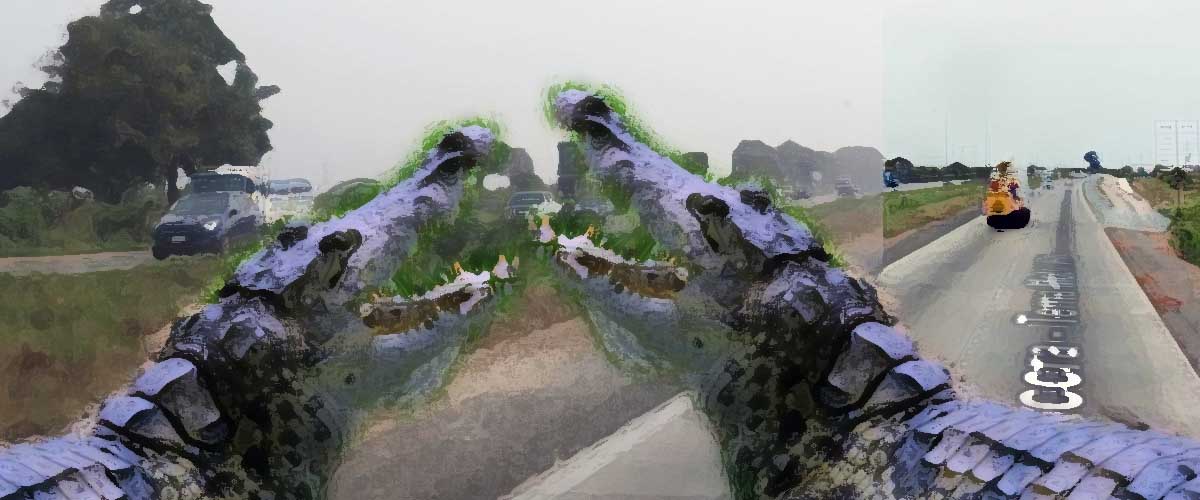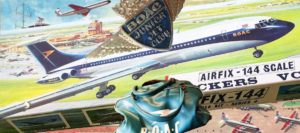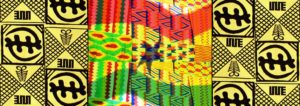When I was a child and my family were in Ghana, we lived in Tema while my dad worked on the motorway. Tema then was a small coastal town to the east of Accra. Small but busy. Nowadays, it is large and very busy. If it hasn’t yet been absorbed as an outlying suburb of Accra, it’s well on the way to being so. (The maps say it’s part of the Greater Accra area.) When I visited again in 2018, Tema was one place I wanted to see. This article grew in the writing, so I’ve split it. Part one is here, part two will follow.
Tema then and now
Back in the day, fifty-plus years ago, Tema was the site of two major engineering projects: the deep water harbour now known as Tema Harbour, and a road connecting the harbour with the capital. We used to call this the Tema-Accra Highway, but now it’s the Accra-Tema Motorway. (Which place name comes first may depend on where you live, where your local loyalties lie.) My father was an engineer working on the highway project. But all the foreign engineers working on both projects, and many professional Ghanaians too, had homes in Tema.
The house we lived in didn’t have a street or a name, but an identity number: 10-NIC-2. “Ten-Nick-two,” we said. This was stenciled up in black letters on a white background on one corner of the building. I still remember it because my father was always called Nick and it felt, in a way, like the house was named for him.
The Motorway
Our driver, the very competent Richmond, learning of my interest in the motorway, made sure it was our route into Tema. Though it’s in better condition than the coast road we took to return to Accra, the motorway is not in a good way. It carries a lot of traffic and no doubt takes a lot of punishment.
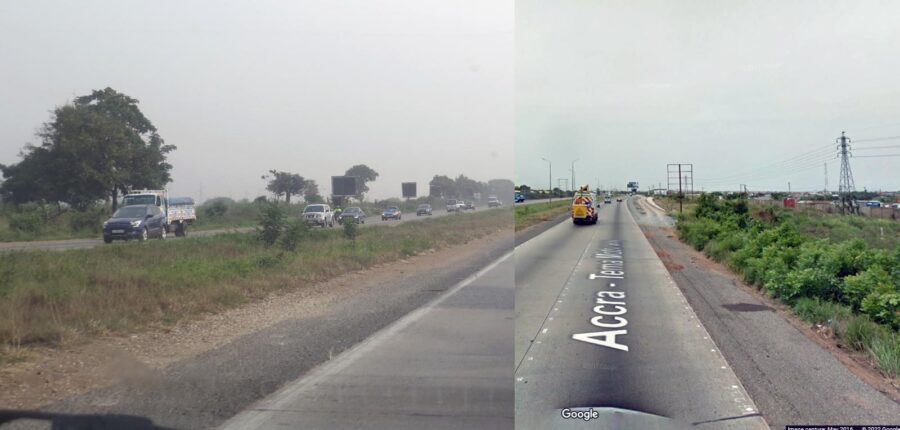
To get onto the motorway from Accra we had to drive through a toll booth and pay a small sum. I can’t remember how much but maybe a cedi (about US/Euro 13 cents). Then we could drive all the way. Though most of the road was asphalted, there were sections where the asphalt had worn away, or where it had been removed perhaps for repairs, and we were driving on the bare concrete slabs that were exactly as I remembered. The road wasn’t complete in 1964 when we lived there, and I remember Dad taking us to visit the place where he was working. I remember the sher-cha-chum, sher-cha-chum rhythm of the car driving on the unsurfaced concrete blocks that made up the road, over each little ridge of tar that held one block of concrete to the next.
Writing this post, I came across this article online – Accra-Tema motorway; the road user’s mortuary. It was published in 2018, a month or so before we visited. The journalist, Godwin Akweiteh Allotey, is one of the 30,000 who travel daily on the motorway. He does not seem a happy traveller. “The fear and anxiety of traversing the motorway leads one to break into uncontrollable recitations of Hail Marys…” he writes. “The gaping death-holes with sharp metals sticking out, bridges without boundaries, and the poor illumination…” Godwin argues the authorities have not been doing their best to maintain the road.
On the road
I didn’t think the road was as bad as Allotey makes out. I certainly didn’t see any gaping death-holes. But we didn’t drive the whole length of the motorway. Nor did we drive at night or in rain. (It was the harmattan while we were there, so dry and dusty.) But I wouldn’t have appreciated travelling on the motorway if I hadn’t been fully confident in Richmond’s abilities as a driver.
Mind you, Ghanaians seem to feel the roads across the country are places where the protection of God and all his prophets needs to be invoked. Every other vehicle is decorated with religious quotes or calls on higher powers. As we drove around, I jotted a few of them down.
Tho' I Drive thro' the Valley of Death In God we Trust Thank U Allah Jesus Saves God's Time is Best Time Insha Allah Do you think you are God?
Even the irreligious (or unspecifically religious perhaps) decorate their bumpers and back windows.
Sweet Mamma No Food for Lazy Man Please Keep Distance Rich Love Good Luck No Where Cool
Godwin Allotey’s article mentions another hazard, people who cross the motorway on foot. We saw that. I’m going to guess the problem is too few crossing places. That last will be something the original designers didn’t think important enough, I guess.
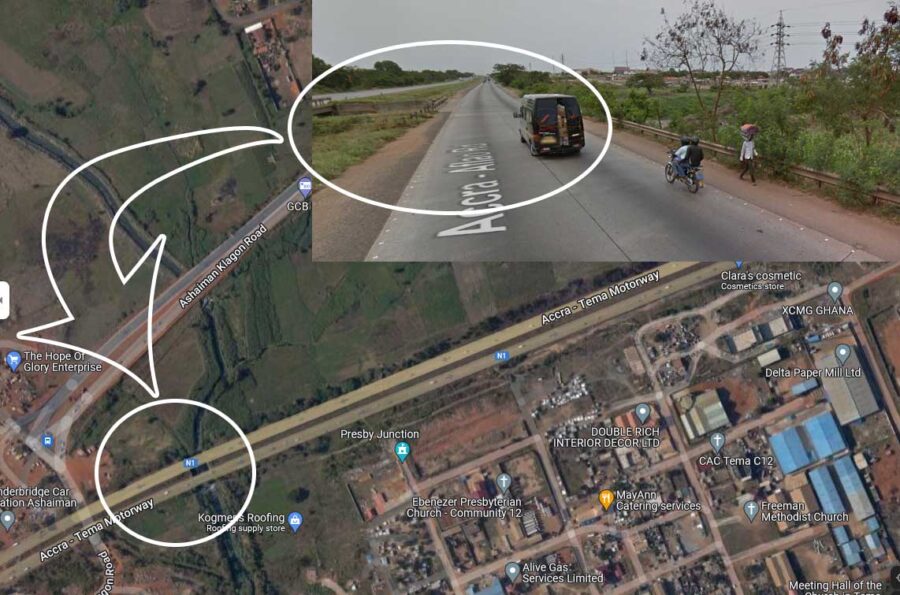
Snakes and crocodiles
One issue Godwin Allotey doesn’t mention is danger from wild animals. That was something the original builders certainly did think about back in 1963-64.
At a point near the head of the advancing road there was a little camp. Here the heavy machines were parked and this was where Dad worked. There may have been a canteen, there were piles of material, lock-up workshops, presumably a fuel store. Toilets I guess. The thing that sticks in my memory, though, was the menagerie.
One of the road engineers was also a keen amateur zoologist, and he collected the animals the road displaced as it was built. There may have been others, but I most remember the snakes and crocodiles. The snakes were kept in big wooden and wire cages beside the road. There was one python that was, we kids excitedly told one another, fifteen feet long! It might have been. It was certainly two or three times longer than I was at 6 years old.
The crocodiles, the baby ones anyway, weren’t in the menagerie. They were in big metal water tanks in the zoo-engineer’s garden. There was at least one children’s party at his house when his son led the rest of us kids out to look at the tanks and peer down through the murky green water to try and see the crocodiles. The boy, who had presumably done this many times before, reached a bare arm into the tank, into the opaque water, and grabbed one of the baby crocs by its tail. He lifted it up and out to hang from his fist, twisting and snapping over the water, before he let it go and it splashed back into the tank.
Crocs and coffee morning
The zoo-engineer had some sort of a deal with different zoos in Europe and America, and sold the animals on. After the baby croc party, we must all have gone home to our parents and told them the story because a week or so later the zoo-engineer’s wife hosted a coffee morning for all the wives and mothers, and they got talking about the baby crocs. They wanted to see them too. So they paraded out into the backyard to stand around tanks peering down into the water.
None of them dared to put their hands in to pick out a crocodile, but apparently they all kept insisting they could see them moving and became quite chatty and animated about it all. Which was why they were all a bit embarrassed later to learn that the zoo-engineer had actually dispatched all his baby crocs to a European zoo a couple of days before. The tanks were empty of anything but green water.
This is where we have to break off, but there is more to come!
